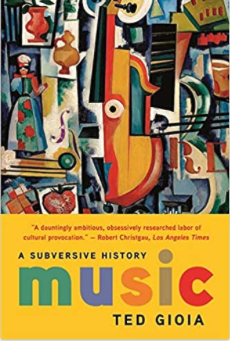The Death of Clickbait?
-
One can only hope.
A piece by Ted Gioia:
Almost exactly 10 years ago, Upworthy was "the fastest growing media site of all time,” according to Fast Company. They had turned news into a science. Upworthy was the future of journalism.
“Upworthy is known for its use of data to drive growth, testing up to 16 different headlines for a single story,” enthused that bright-eyed reporter for Fast Company. The end result was headlines so irresistible, millions of people clicked on them.
Here are some examples:
- A Gorgeous Waitress Gets Harassed By Some Jerk. Watch What Happens Next.
- A Teacher Ran to a Classroom to Break Up a Fight, but What She Found Was the Complete Opposite.
- It’s Twice The Size Of Alaska And Might Hold The Cure For Cancer. So Why Are We Destroying It?
- If You Could Press A Button And Murder Every Mosquito, Would You? Because That’s Kinda Possible.
You get the idea. The headline is in two parts—and it’s just a come-on. You have no idea what the article is about until you click on the link.
-
Hopefully, the article writer is right. Hopefully, quality will ultimately win out. I do subscribe to a couple of newspapers on line, but also like the free sites to get news. So, maybe I am part of the problem and part of the solution. LOL
(BTW, I had never heard of Upworthy before)
-
Hopefully, the article writer is right. Hopefully, quality will ultimately win out. I do subscribe to a couple of newspapers on line, but also like the free sites to get news. So, maybe I am part of the problem and part of the solution. LOL
(BTW, I had never heard of Upworthy before)
@taiwan_girl said in The Death of Clickbait?:
Hopefully, the article writer is right.
I first heard of Ted Gioia when his book on music history was recommended. It's a fascinating read
